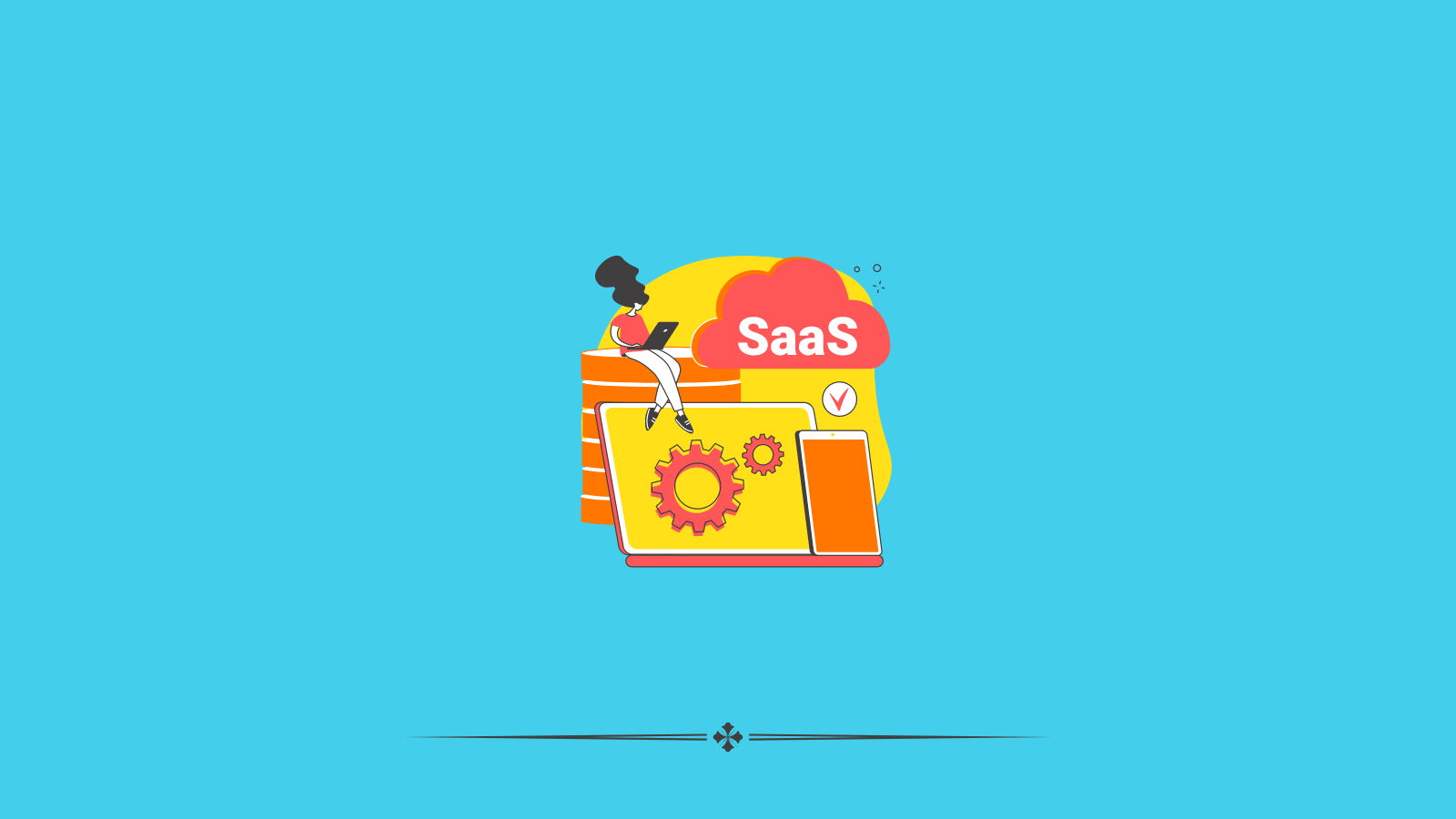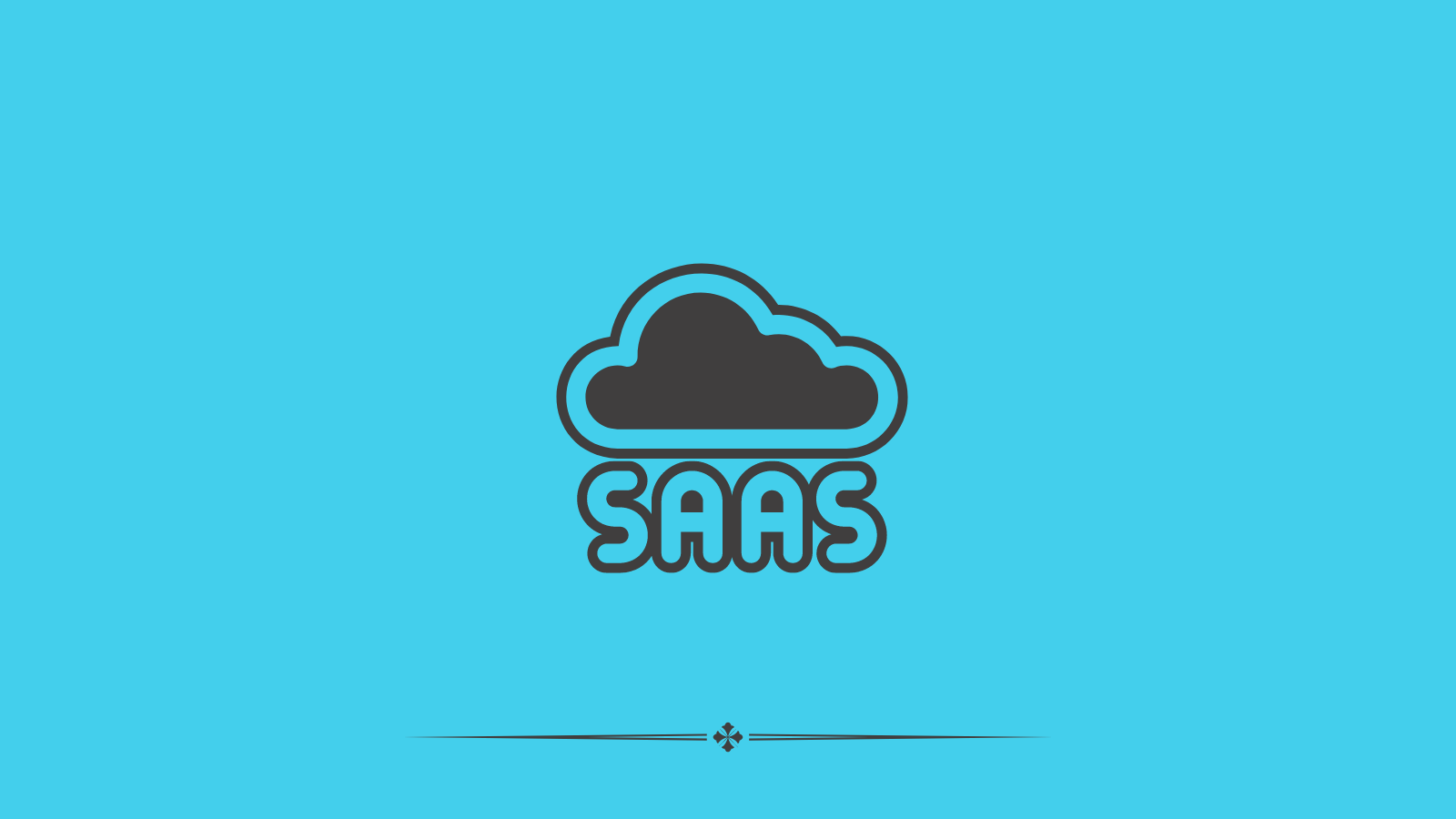Understanding SaaS: The Evolution of Software Delivery
Software-as-a-service (SaaS) offers a convenient and efficient way for both individuals and businesses to access and use software. Unlike traditional methods that require local installations, SaaS provides applications directly through web browsers hosted on remote servers that are accessible from any internet-connected device. This shift simplifies access to essential tools and has transformed the way businesses function.
Chapters
What is SaaS?

SaaS operates on a straightforward subscription model, allowing users to access applications over the internet without the hassle of installing or maintaining software. This approach, known as “software on-demand” since 1999, has experienced tremendous growth across various industries. From major players in entertainment like Spotify to essential business tools such as Salesforce and collaborative platforms like Microsoft Teams, SaaS has become integral to almost every aspect of modern life.
Cloud technologies are the foundation of SaaS solutions, providing robust data storage, processing capabilities, and advanced security features. This infrastructure not only ensures easy accessibility but also boosts data security, which is vital in an age governed by stringent privacy laws and escalating cybersecurity threats.
Brief History of SaaS
The concept of Software-as-a-Service (SaaS) has its origins in the 1960s and 1970s, when mainframe computers were very expensive and difficult to manage. Companies like IBM led the way with the rental model, providing computing power to large organizations for a regular fee. This allowed businesses to access advanced technology without the hassle of owning and maintaining their own hardware.
As personal computers became more affordable and powerful in the 1990s, organizations moved away from mainframes and set up their own IT infrastructures with PCs and servers, leading to the decline of the traditional mainframe rental model.
However, the 1990s and early 2000s saw the emergence of SaaS dev as a distinct evolution. Startups began offering software services online, from email platforms to accounting software. This change was made possible by the increasing accessibility of the internet and the rise of cloud computing. SaaS became synonymous with delivering software as a service over the internet, transforming how businesses and individuals accessed and used software tools.
Advantages of SaaS: Why Businesses Are Making the Switch

Convenience and Accessibility: SaaS allows users to easily access applications from any location and via any internet-enabled device. For instance, Google Drive and Dropbox support smooth document management and collaboration across teams, regardless of their geographic locations.
Improved Data Security: Storing data in the cloud reduces the potential vulnerabilities linked to local data storage by offering encryption and strict access controls. Major cloud services like AWS and Azure are prime examples of this, providing adaptable solutions that satisfy strict compliance requirements.
Cost Efficiency: SaaS is cost-effective for businesses of all sizes by getting rid of upfront hardware costs and reducing IT maintenance expenses. Subscription-based models, like the ones provided by Netflix and Adobe Creative Cloud, ensure that businesses can anticipate their expenses and adjust service levels to meet their specific needs.
Flexibility and Scalability: SaaS applications provide customizable subscription plans, allowing businesses to adjust services based on demand without paying for unused features. For example, Zoom offers personalized plans for personal and corporate video conferencing needs, ensuring adaptable service delivery.
Automatic Updates and Maintenance: Service providers take care of regular updates and feature improvements, ensuring users can benefit from the latest advancements without interrupting their workflow. This reduces the pressure on internal teams and lets businesses concentrate on their main activities.
Examples of SaaS Applications
- Cloud Storage and Sharing: Google Drive, Microsoft OneDrive, and Dropbox enable secure file storage and collaborative editing, improving productivity for organizations.
- Email Marketing: Platforms such as MailChimp and HubSpot automate email campaigns, providing comprehensive analytics and audience engagement tools for businesses of all sizes.
- Financial Services: PayPal, Stripe, and Square simplify the processing of payments and managing subscriptions, meeting the changing demands of online business and digital transactions.
- Collaboration Tools: Slack, Microsoft Teams, and Zoom have transformed workplace communication by offering integrated solutions for remote teams and global collaborations.
The Future Perspectives
The future of SaaS development looks incredibly promising as businesses continue to adopt SaaS solutions to streamline operations and boost productivity. Over 80% of business applications are expected to transition to SaaS models within the next few years, emphasizing its crucial role in modernizing workplace dynamics and IT infrastructures. Embracing SaaS not only simplifies access to essential tools but also cultivates a culture of innovation and adaptability in an ever-changing digital landscape.
Wrap-up
Software-as-a-Service is not just a technological advancement, it represents a significant shift towards scalable, accessible, and secure digital solutions. By using SaaS, businesses can enable their workforce, improve operational efficiency, and maintain a competitive edge in the global market. Looking ahead, the potential for SaaS to revolutionize industries and facilitate enterprises is limitless, offering a more interconnected, efficient, and innovative world.
Create more and better content
Check out the following resources and Grow!